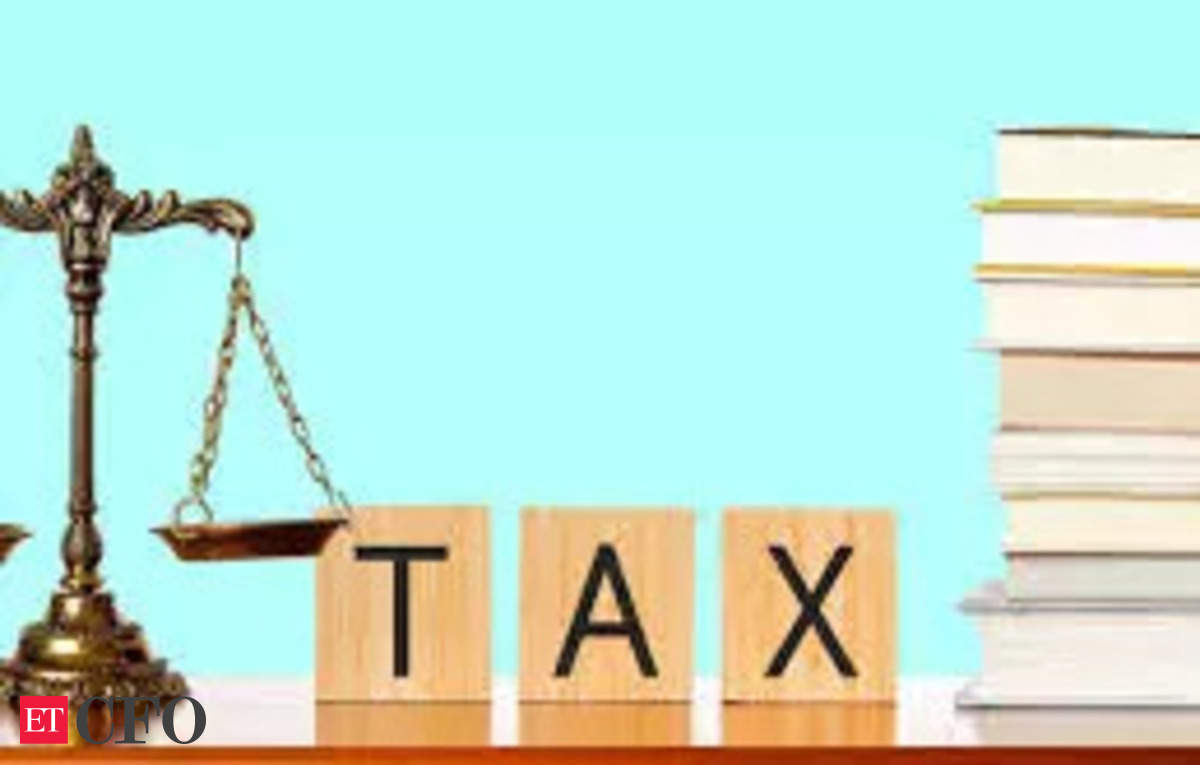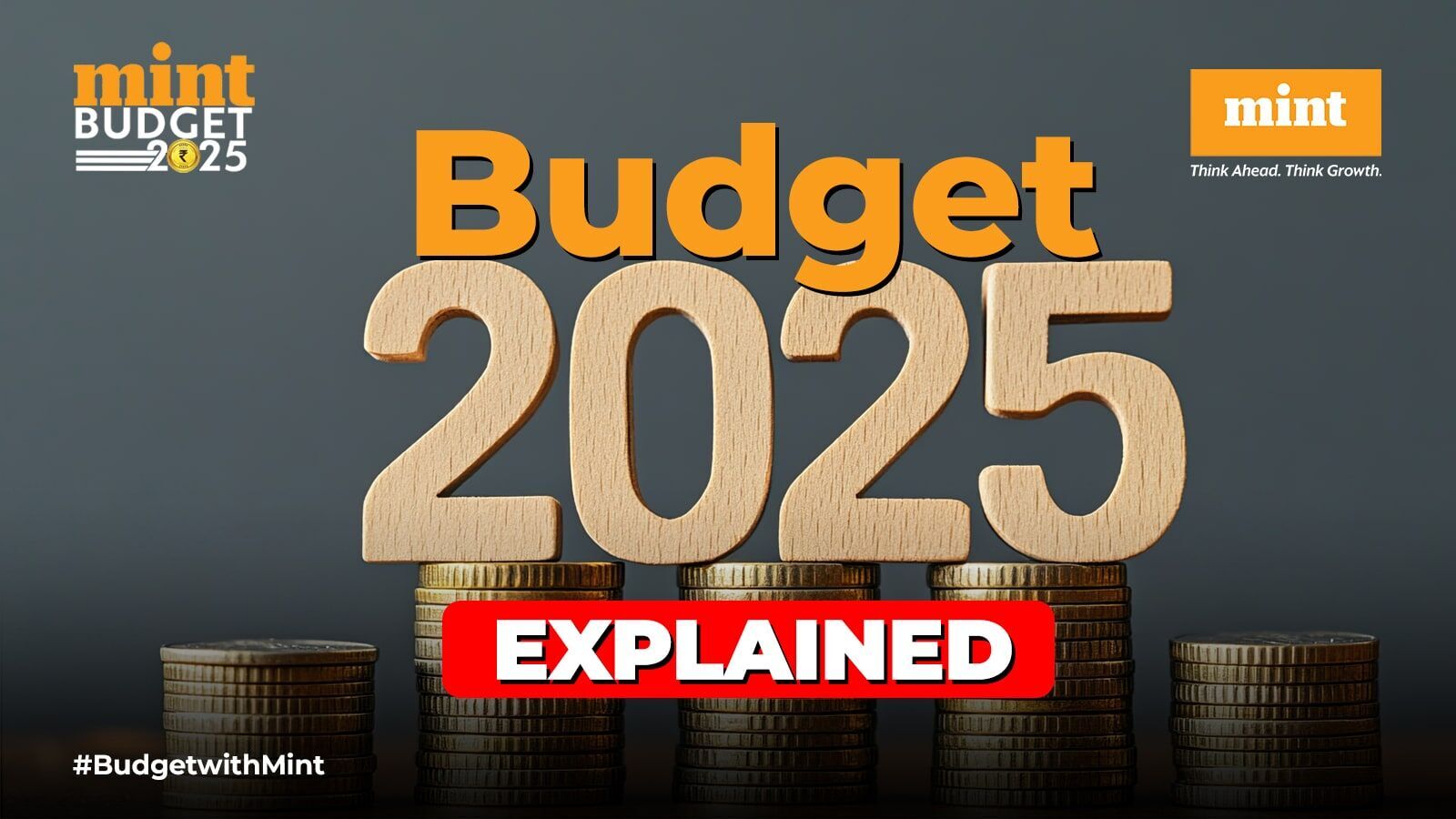Choosing between India’s new and old tax regimes depends on your individual financial situation, income sources, and investment habits. Remember, from the new financial year, the new income-tax regime has been set as the default option. Therefore, if you wish to continue with the old regime, you will be required to opt for the same in your income-tax regime (ITR) or file Form 10 – IEA, if you have business income, at the time of filing return. Taxpayers not having business income will have the option to switch between regimes on an annual basis.
Deductions galore: Claim deductions for various expenses like investments in Public Provident Fund (PPF), equity-linked savings scheme (ELSS), National Pension System (NPS) under Section 80C, House Rent Allowance (HRA), medical expenses under Section 80D, interest on home loan repayment, leave travel allowances (LTA), education loans (Section 80E), and more. These deductions effectively reduce your taxable income, leading to lower tax outgo.
Tailored for investors and expense-heavy individuals: If you invest heavily in tax-saving instruments, pay interest on a home loan, or incur significant medical expenses, the old regime can offer significant tax benefits by reducing your taxable income.
Drawbacks
Higher tax slabs: Compared to the new regime, the old regime has higher tax slabs. This means you could end up paying more tax if your income falls within a higher tax bracket even after claiming deductions.
Record-keeping burden: Maintaining detailed records for all claimed deductions is crucial under the old regime. This can be time-consuming and requires meticulous organisation throughout the year.
New Tax Regime
The new tax regime: A simpler approach
Introduced in 2020, the new tax regime offers a simpler way to file taxes. Here’s what you need to know:
Benefits
Lower tax slabs: Compared to the old regime, the new regime offers lower tax slabs. This can translate into lower tax liability, especially for individuals in lower income brackets.
Simpler filing: The new regime eliminates the need to claim deductions for most expenses. This simplifies the tax-filing process, eliminating the burden of record-keeping for deductions.
Drawbacks
Limited deductions: Unlike the old regime, the new regime offers minimal deductions. This can be disadvantageous if you have significant investments, home loan interest payments, or high medical expenses.
Less flexibility: The lack of deductions in the new regime can limit your ability to lower your taxable income, potentially leading to higher tax outgo for those who could have benefitted more from deductions under the old regime.
1. Calculate taxable income: Calculate your taxable income under both regimes. The new regime might benefit those with fewer deductions and exemptions.
If your income is below Rs 5 lakh, you will likely pay no tax under either regime. However, if your income is higher, consider the potential tax savings from deductions under the old regime. You can use a tax calculator to estimate your tax liability under both regimes. If your income is above Rs 10 lakh, the new regime might be simpler, but the old regime might still offer significant tax savings with deductions.
2. Assess deductions and exemptions: If you have significant investments and expenses that qualify for deductions under the old regime (like 80C, 80D, HRA), it might be more beneficial.
If you invest heavily in tax-saving instruments (like PPF, ELSS), claim medical expenses, or pay interest on a home loan, the old regime might offer greater tax benefits.
The time and effort you want to spend on tax filing. The new regime is simpler but might not offer the same level of tax savings. The old regime allows for more deductions but requires detailed record-keeping.
3. Consider future financial goals: If you are planning for long-term savings or investments, the old regime could offer more advantages due to the deductions for such investments.
4. Simplicity vs savings: The new regime is simpler but might result in higher tax if you have been actively using exemptions and deductions to reduce your taxable income.
How do you know which is better for you?
“After the close of the financial year, you will need to draw up your computation of income and check under which regime your tax liability is coming out to be lower. Accordingly, you may choose your regime,” says Experts
Jain explains with the following illustration:
The chart shows four salary brackets: Rs 800,000, Rs 10,00,000, Rs 15,00,000, and Rs 20,00,000.
As you can see, the taxable income under the new regime is always higher than under the old regime for the same salary because the old regime allows for additional deductions beyond the standard deduction.
How to File ITR
Visit www.cagurujiclasses.com for practical courses











